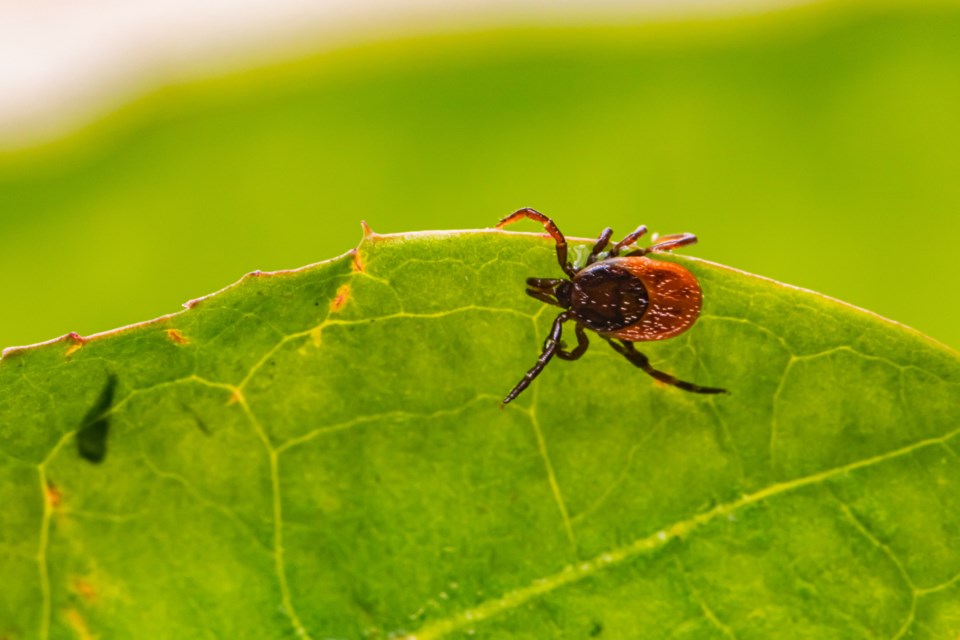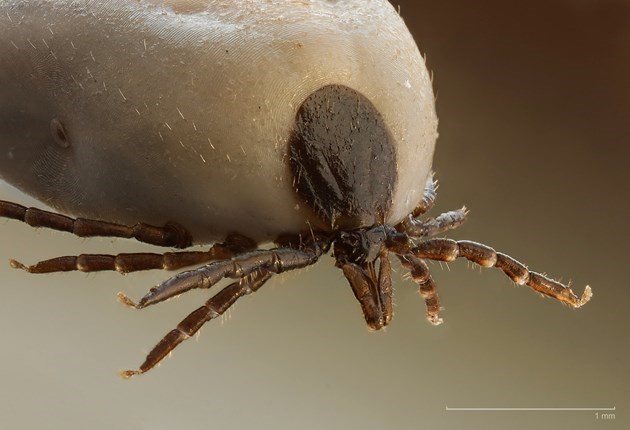As the seasons transition, nature enthusiasts are increasingly drawn to the great outdoors to enjoy all the beauty and tranquility it offers.
However, amidst this idyllic setting, there is a growing concern that demands our attention: the rise in ticks and the associated risk of Lyme disease.
Lyme disease, a potentially serious illness, is caused by a bacterium known as Borrelia burgdorferi, which is transmitted through the bite of infected blacklegged ticks. These tiny yet stealthy creatures can be found lurking in grassy areas, wooded forests, and even urban parks, posing a hidden threat to anyone venturing into their habitat.

According to the Public Health Agency of Canada, there has been a massive growth in ticks and new hot spots for infection across the country over the past couple of years due to climate change.
By the numbers:
The agency says there have been over 17,000 reported cases of Lyme Disease across Canada between 2009 and 2022. What's more, there were 1,707 cases in Ontario alone in 2021 with 87 hospitalizations.
Most cases of Lyme disease occur when people are bitten by nymphs or adult female ticks. Nymphs, no larger than a poppy seed, and adult female ticks, about the size of a sesame seed, can go unnoticed during a bite due to their minuscule size and usually painless bites.
It is essential to note that not all blacklegged ticks carry the bacteria responsible for Lyme disease. The infection occurs when these ticks feed on infected animals, such as deer, birds, and rodents like white-footed mice and chipmunks. Subsequently, ticks can transmit the bacteria to people and other animals when they remain attached for at least 24 hours during their feeding process.
Prevention:
Preventing Lyme disease starts with being proactive and knowledgeable about the potential risks. If you plan to spend time outdoors, especially in areas where ticks are prevalent, take the following precautions to safeguard yourself and your loved ones:
-
Wear Protective Clothing: Dress in light-coloured, long-sleeved shirts and long pants tucked into socks to minimize exposed skin and to make it easier to find ticks.
-
Use Insect Repellent: Apply Environmental Protection Agency (EPA)-registered insect repellents containing DEET, picaridin, or IR3535 on exposed skin and clothing.
-
Perform Regular Tick Checks: Conduct thorough tick checks on yourself, family members, and pets after spending time outdoors. Pay close attention to hidden areas like underarms, behind the knees, and the scalp.
-
Shower: After returning indoors, be sure to shower soon after to wash off any ticks that may have attached themselves not through a bite.
-
High Heat: Put clothes in the dryer for one hour on high heat to kill any ticks.
-
Create a Tick-Safe Yard: Keep grass short and remove leaf litter to reduce tick habitats around your home.
-
Seek Prompt Medical Attention: If you discover an attached tick or notice any symptoms of Lyme disease, such as fever, headache, fatigue, or a distinctive "bull's-eye" rash, seek medical attention promptly.
The rise in tick populations and Lyme disease cases is a pressing public health concern, but armed with knowledge and proactive measures, we can mitigate the risks and continue to enjoy the beauty of nature responsibly.




